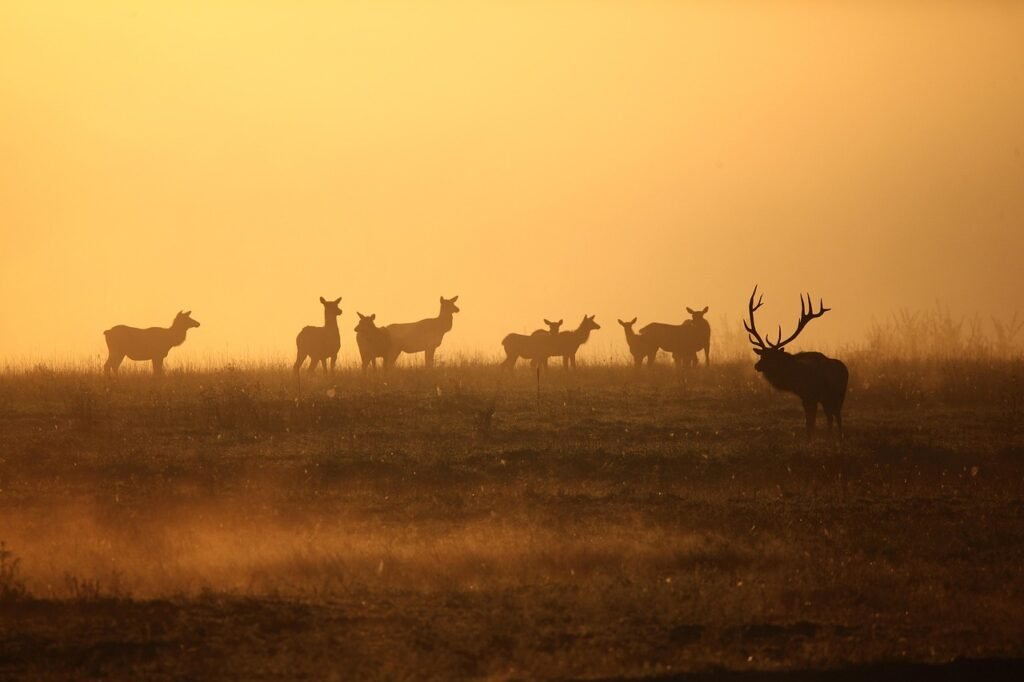You might think the relationship between hunting and wildlife is straightforward. Humans remove animals, populations recover when hunting stops, and nature returns to balance. Yet the reality is far more complex and fascinating than this simple narrative suggests.
When humans step back from hunting, ecosystems don’t simply rewind to their previous state like rewinding a video. Instead, nature embarks on a complicated journey of recovery that can take decades or even centuries to unfold. The changes that follow are often unexpected, sometimes creating entirely new ecological states that challenge our assumptions about how the natural world works. Let’s dive into the surprising ways nature responds when the hunting pressure lifts.
The Initial Population Surge
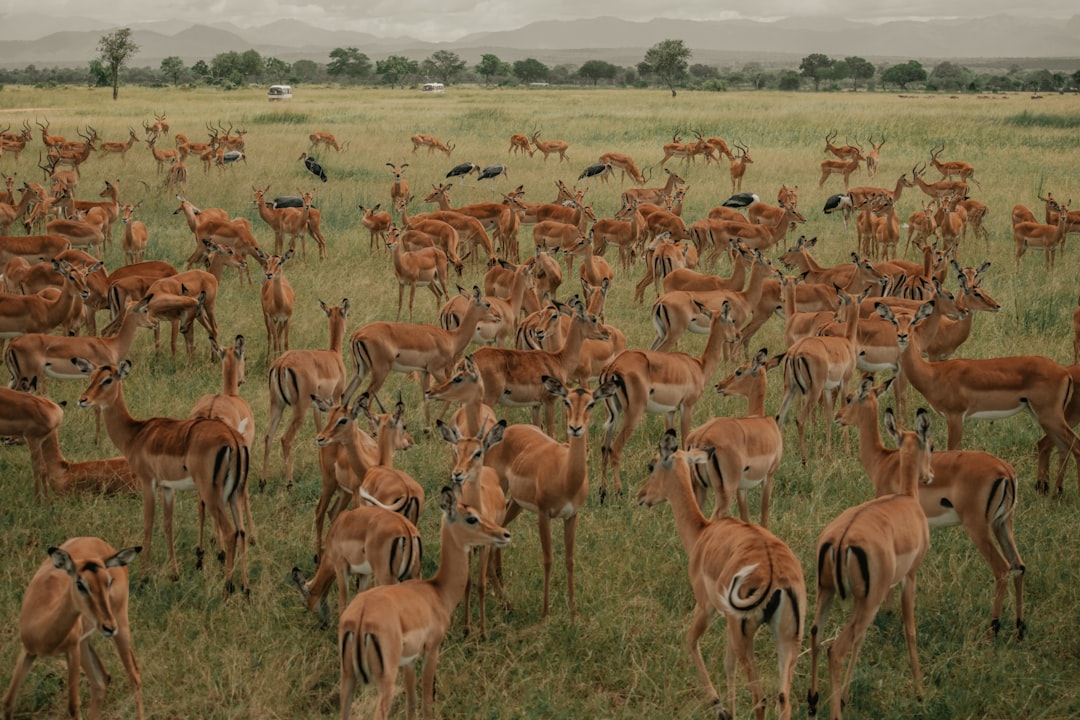
The most immediate and obvious response when hunting pressure disappears is a rapid increase in animal populations. The most obvious result of the removal of the top predators in an ecosystem is a population explosion in the prey species. Predators keep herbivore populations in check. Without human hunters acting as artificial predators, species that were previously targeted begin to reproduce more successfully.
With an average litter size of eight and becoming mature at eight weeks, mouse populations can increase dramatically under favorable conditions. This reproductive potential shows just how quickly populations can rebound when limiting factors are removed. Without any predators to limit population growth, herbivorous prey species reproduce without check, and all of them are hungry.
However, this initial surge often proves to be just the first act in a much more complex ecological drama. The population explosion creates new pressures and dynamics that ripple through entire ecosystems.
Habitat Degradation from Overabundance
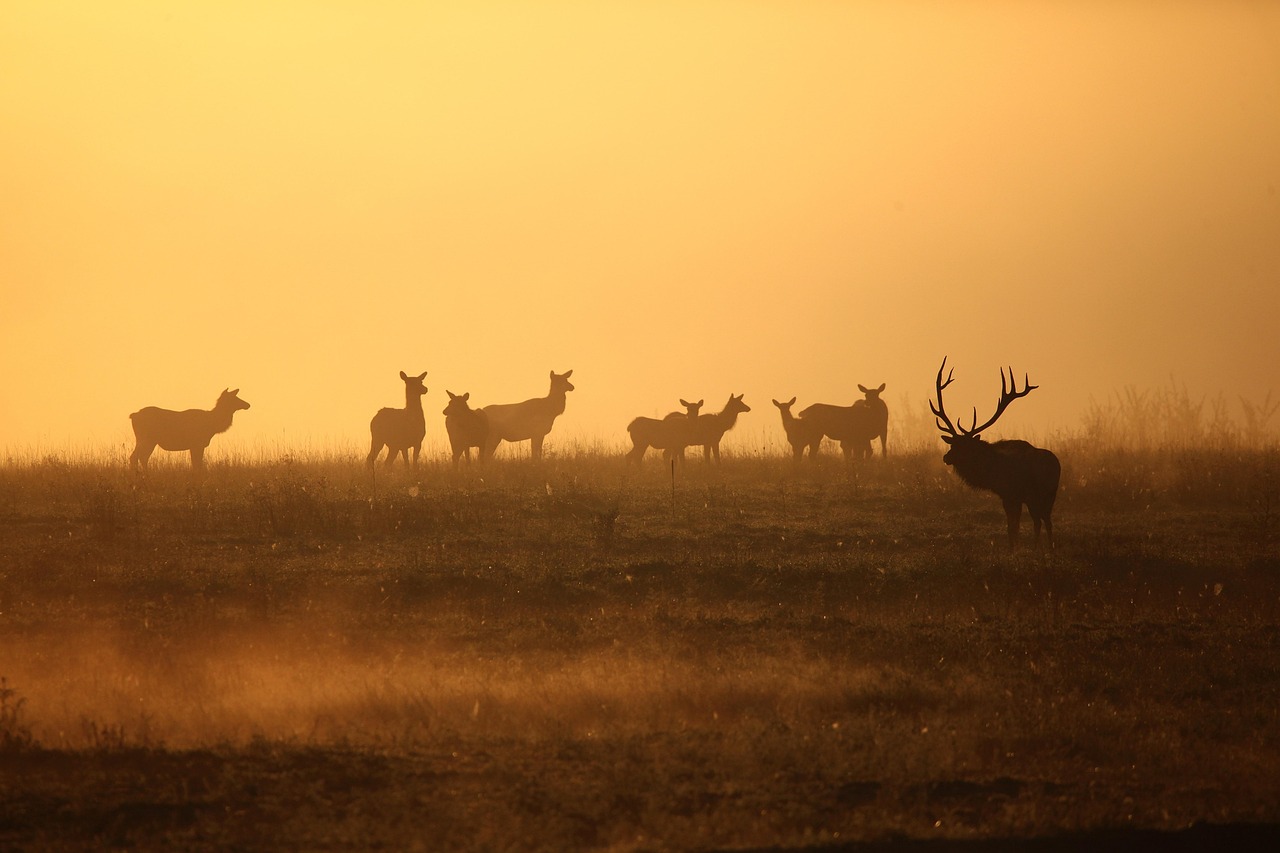
When animal populations explode without natural checks, the environment often pays a steep price. More herbivores eat more plants, and without anything to control them, they can quickly degrade their habitat. This degradation can be particularly severe because the animals, freed from predation pressure, change their behavior patterns dramatically.
With no predators, they stayed in one place and ate down to the roots. With wolves to watch out for, they browsed lightly, and moved on. This behavioral shift from cautious, mobile feeding to concentrated, intensive grazing can transform entire landscapes. Yellowstone’s northern range shifted from willow and aspen stands along small streams with beaver activity to grasslands due to intensive browsing by elk.
The damage can extend far beyond vegetation. This illustrates how prey species can “eat themselves out of house and home” and may cause population crashes. What starts as abundance can quickly turn into ecological disaster when carrying capacity is exceeded.
The Mysterious Forest Recovery Challenge
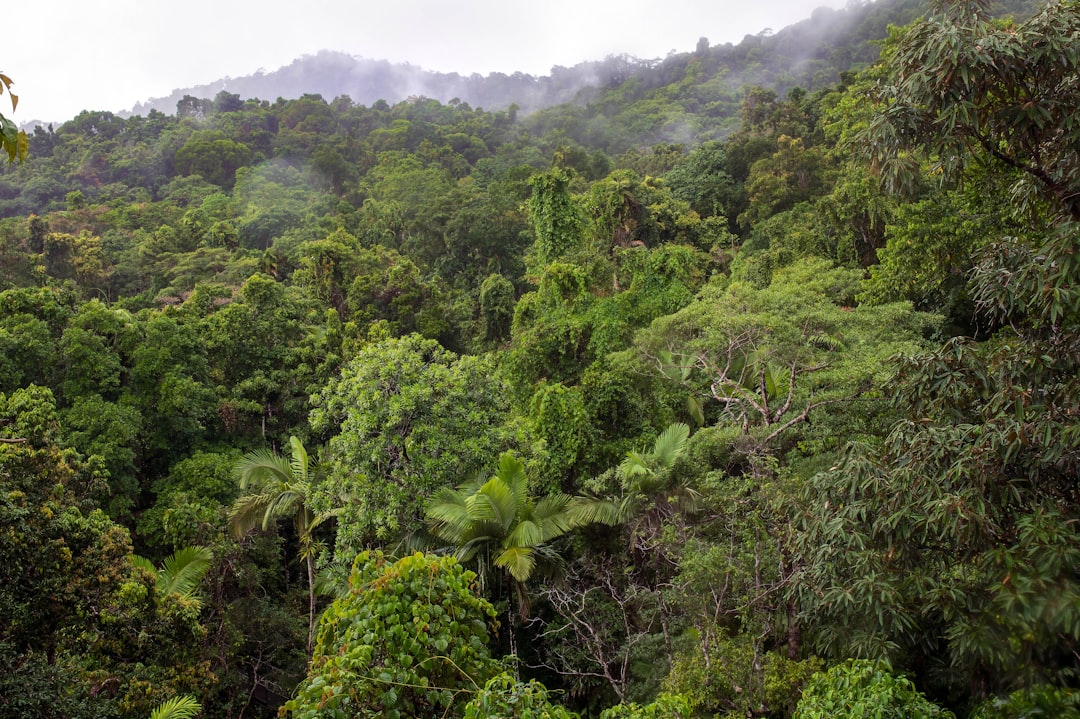
One of nature’s most surprising responses to reduced hunting involves the hidden world of forest reproduction. While the loss of these animals is concerning for species conservation, now researchers at the University of Florida have shown that overhunting can have widespread effects on the forest itself. Overhunting leads to the extinction of a dominant tree species, Miliusa horsfieldii, or the Miliusa horsfieldii, with likely cascading effects on other forest biota.
Frugivores and granivores that consume fruits and seeds, and inadvertently disperse some seeds, underpin the natural regeneration cycles of roughly 60–80% of all plant species. When hunting pressure on these animals decreases, you might expect forest recovery to accelerate. Yet the relationship proves far more nuanced than expected.
This novel analysis shows that disruption of one ecological linkage in a plant’s life cycle can have pervasive downstream effects on its population for many years to come. While more tree species will have to be similarly studied to see of these results are widely applicable, this research shows that unchecked hunting in tropical forests can have ripple effects that result in widespread degradation of tropical tree communities. The recovery process becomes a delicate dance between returning seed dispersers and damaged forest communities.
Seed Dispersal Networks Collapse and Rebuild

The intricate relationships between fruit-eating animals and plants create some of nature’s most complex recovery scenarios. Even low levels of hunting can drastically impoverish frugivore communities and disrupt dispersal systems. The documented consequences of hunting and also of habitat fragmentation include truncated dispersal kernels, with a loss of long-distance dispersal events and changes in density-dependent mortality, clumping and recruitment success of many plants.
By simulating the extinction of endangered frugivores, we found a rapid and disproportionate loss of tree species with dispersal partners in the network, and this surprisingly surpassed any other frugivore extinction scenario, including the loss of the most generalist frugivores first. A key driver of this pattern is that many specialist plants rely on at-risk frugivores as seed-dispersal partners.
When hunting stops and these critical animals begin to return, the rebuilding process takes time. Large-seeded plants may be more vulnerable to loss of a particular frugivorous species because their larger fruits can be consumed by fewer animals, and large animals are often the target of hunters. Dispersal of seeds from the two focal tree species in this study appears almost completely reliant on one species. The recovery becomes a race against time as forests wait for their animal partners to return.
Predator-Prey Dynamics Enter Chaos
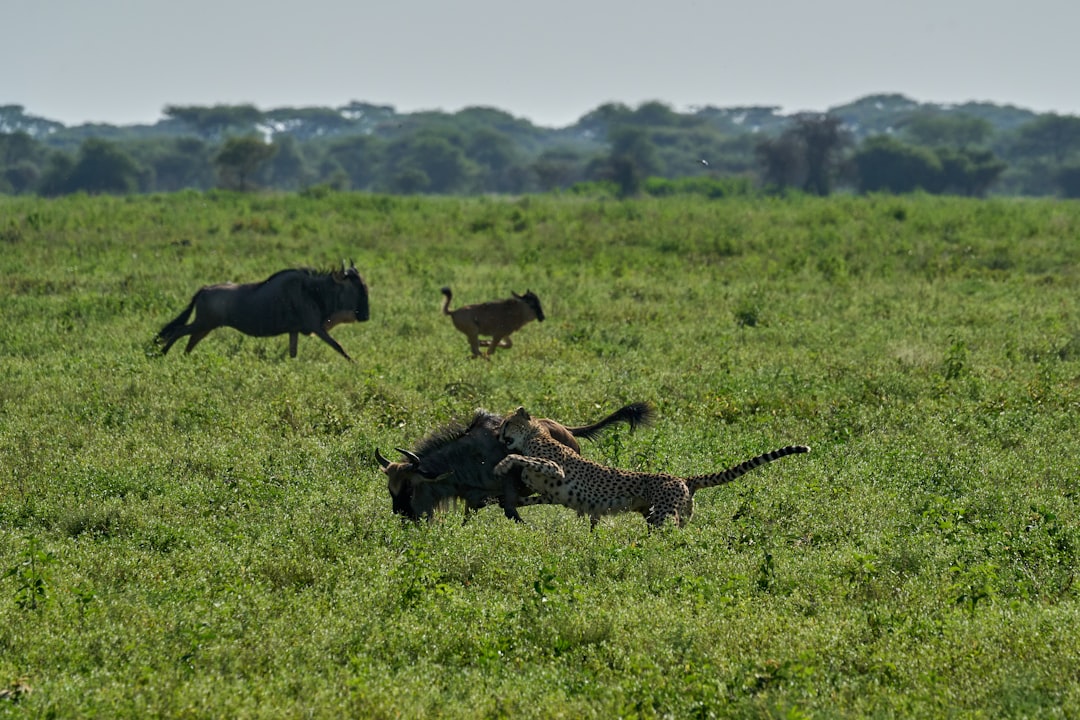
When hunting pressure lifts, the intricate balance between predators and prey enters a period of unpredictable fluctuation. Without a balancing predator, prey populations can go through huge number fluctuations and can cause an unpredictable chain reaction of events. These fluctuations can be dramatic and sometimes counterintuitive.
Indeed, for nearly all parameter values that allow the coexistence of all three species, a doubling of the mesopredator’s death rate (that is, culling) reduces the apex predator population’s size by almost half. Only within a narrow window of the apex predator’s prey preference, wherein exploitative competition is strong but not strong enough to affect competitive exclusion (0.295 > ω < 0.31), is the culling of the mesopredator expected to lead to an increase in the population size of a recovering apex predator.
This complexity means that reducing hunting pressure doesn’t automatically lead to stable predator-prey relationships. Instead, ecosystems often cycle through periods of boom and bust as different species respond to changing conditions at different rates.
Trophic Cascades Create Unexpected Ripple Effects
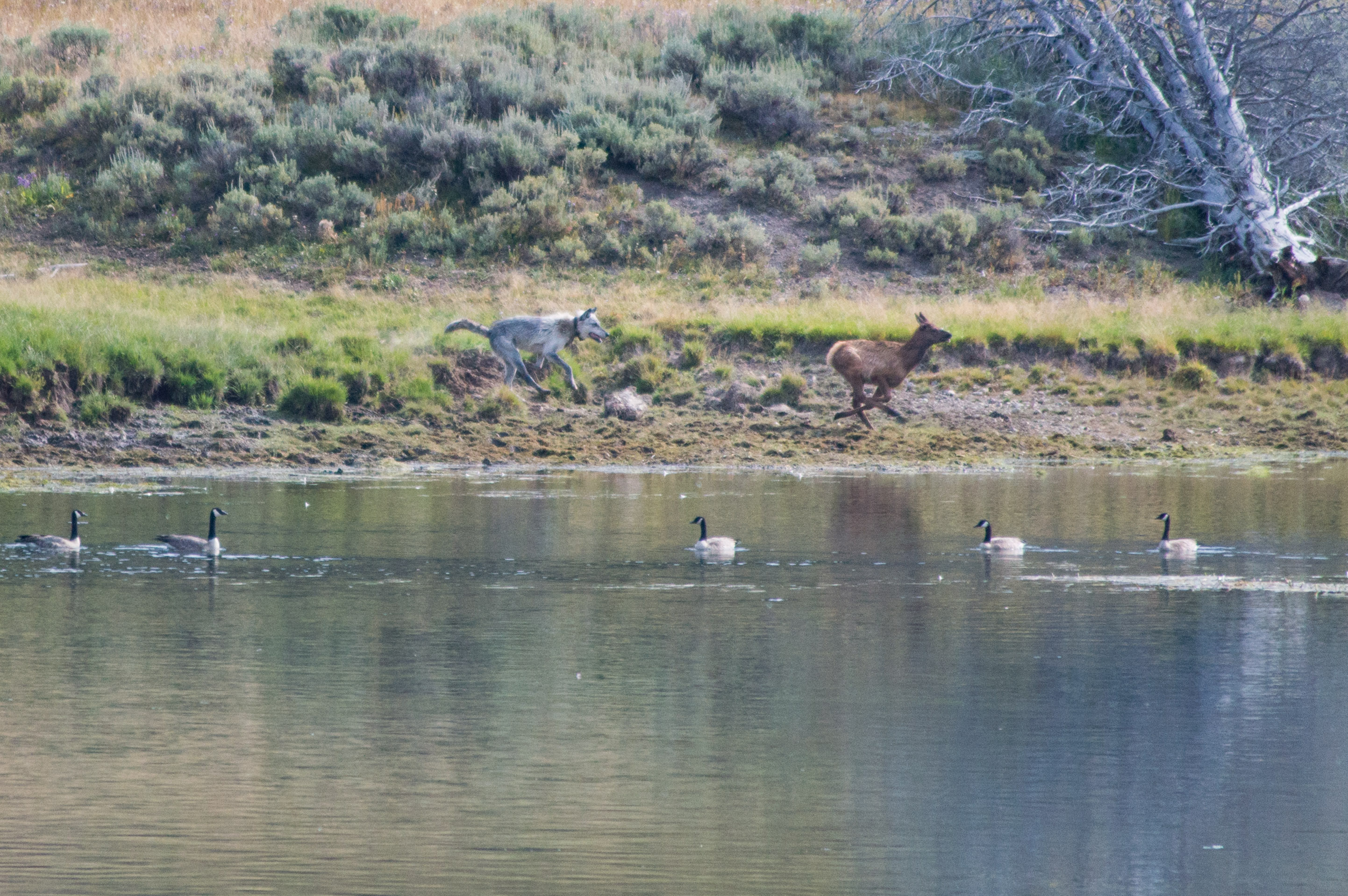
The reintroduction of top predators into ecosystems affects the broad food web through trophic cascades. As a result, reintroduction programs have had varied success rates. These cascades can produce outcomes that surprise even experienced ecologists, as changes ripple through unexpected parts of the ecosystem.
For example, the U.S. National Park Service reintroduced wolves into Yellowstone National Park beginning in the mid-1990s, dramatically stabilizing some aspects of the food web and ecosystem. Repercussions included a decrease in the once overabundant elk population, a downstream increase in vegetation growth, and a rebound in the populations of smaller animals.
However, recent research shows that these cascades don’t always work as expected. Human impacts like hunting and land-use changes ultimately have a much greater impact than large carnivores on the population size, distribution, and behaviors of animals like deer, elk, and moose. The recovery process becomes a complex interplay between natural dynamics and continued human influence.
Alternative Stable States Emerge
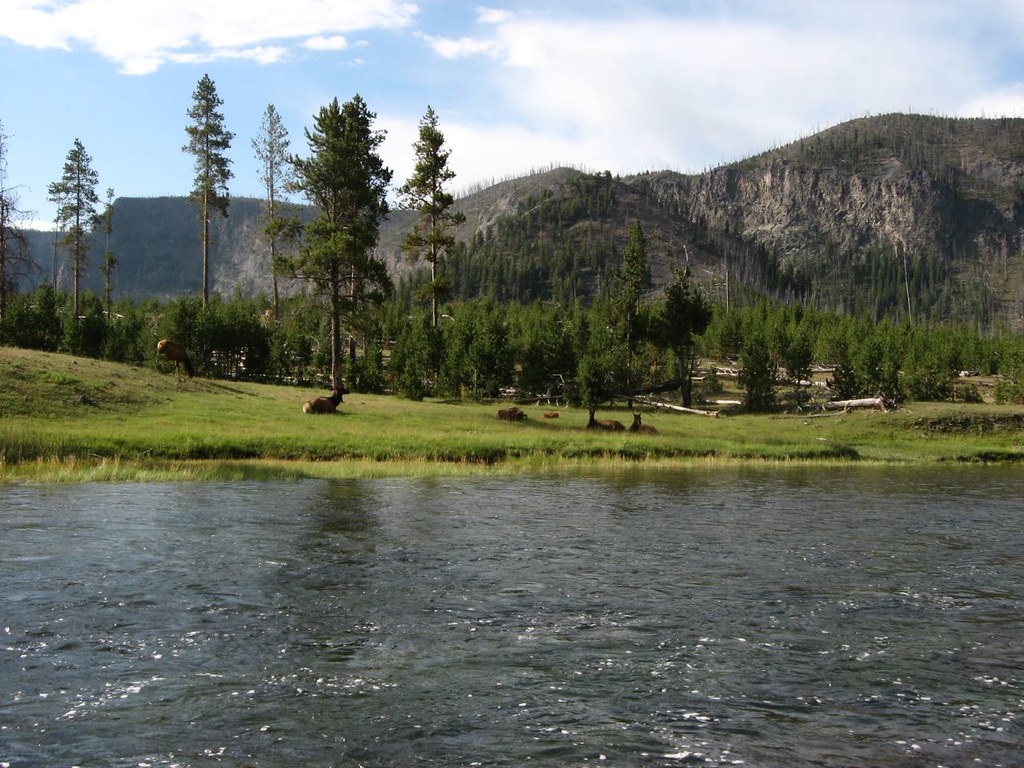
Perhaps the most surprising discovery about ecosystem recovery is that nature doesn’t always return to its original state, even when hunting stops completely. We conclude that the restoration of large carnivores to the food web failed to restore riparian plant communities on Yellowstone’s northern range, supporting the hypothesis that this ecosystem is in an alternative stable state caused primarily by the extirpation of apex predators during the early 20th century.
This phenomenon, when the path to recovery differs from the path of disruption, is called hysteresis. Ecosystems can shift into entirely new configurations that resist returning to their previous state, even when the original pressures are removed.
We suggest that the assumption of reciprocity – in which predator extirpation and reintroduction are believed to have consistent, counterbalancing effects – is unsupported by current evidence, and perhaps unrealistic. We discuss potential directions for research that might illuminate when and why the assumption of reciprocity would be valid. This means that ecosystems can get “stuck” in new states, creating novel biological communities.
Climate Change Complicates Recovery
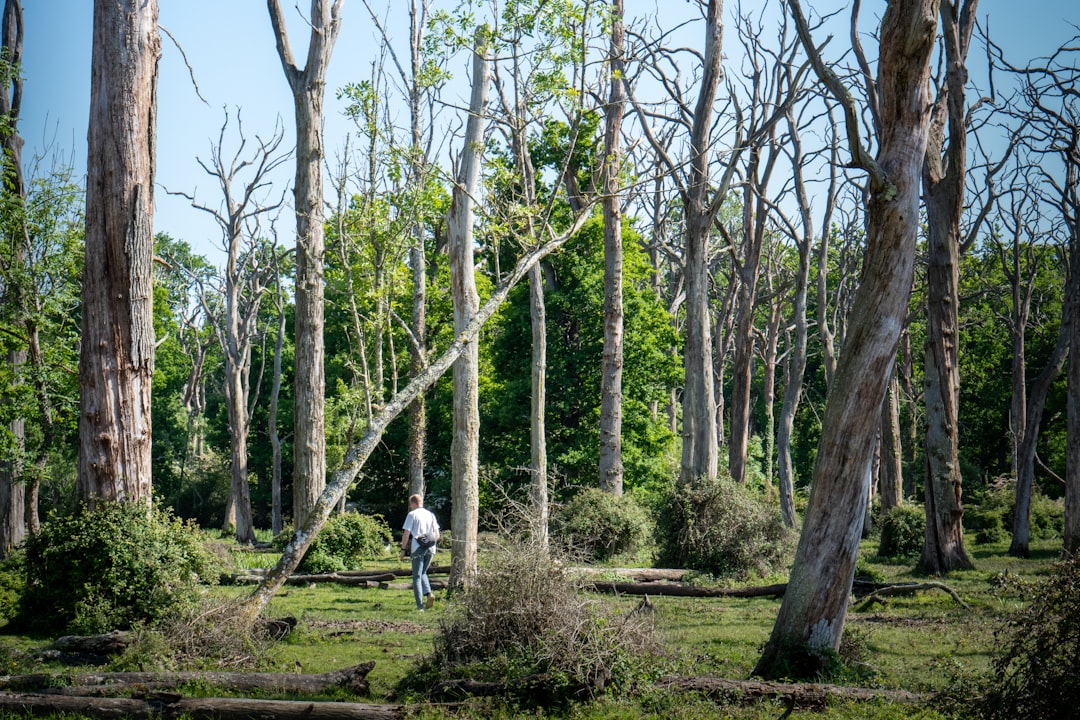
Changes in land-use patterns and a warmer, drier climate may preclude ecosystem recovery to the 1920s state. Modern climate conditions add another layer of complexity to ecosystem recovery, meaning that even perfect conservation efforts might not restore historical conditions.
The loss of frugivorous animals (whose diet consists mainly of fruit) has another effect: it alters the composition of forests, weakening their ability to absorb carbon dioxide and thus reducing their role in combating climate change. This creates a feedback loop where ecosystem damage reduces nature’s ability to buffer against climate change, while climate change makes ecosystem recovery more difficult.
Therefore, we need to include frugivorous animals in the restoration equation, as there’s already enough science to quantify how much forest carbon is planted by animals. The recovery process becomes intertwined with global environmental challenges, requiring new approaches to conservation.
Species Compensation and Ecological Redundancy
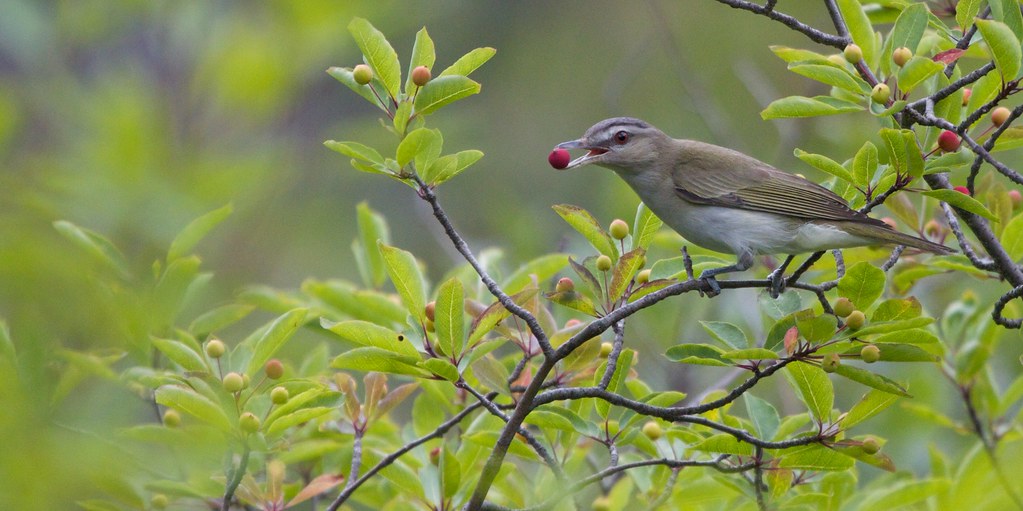
When some species return after hunting pressure decreases, other species may step in to fill ecological roles, creating complex patterns of compensation. Instead, we found that frugivore species with growing populations forage on significantly fewer plant species than frugivores with declining populations. When taken together, our results indicate that protecting endangered species will be critical for maintaining connectivity in tropical forest plant–frugivore networks.
The extent to which dispersers are ecologically redundant will influence how great an effect their disappearance will have. If multiple dispersers are performing the same ecological role, then the loss of one disperser may not have a noticeable impact on plant populations. Conserving the full range of dispersers within an ecosystem ensures that ecological redundancy is retained and provides a buffer to plant extinction.
However, this compensation often proves incomplete or temporary. Vertebrate defaunation leads to significant changes in the communities of both seed dispersers and predators and, while some species respond negatively to anthropogenic activities, others can benefit because of differential functional response traits or competitive (numerical) release. This demographic asynchrony can give rise to compensatory effects that are able to mitigate, fully compensate or even invert the effects of defaunation on the seed dispersal process.
Long-term Evolutionary Consequences
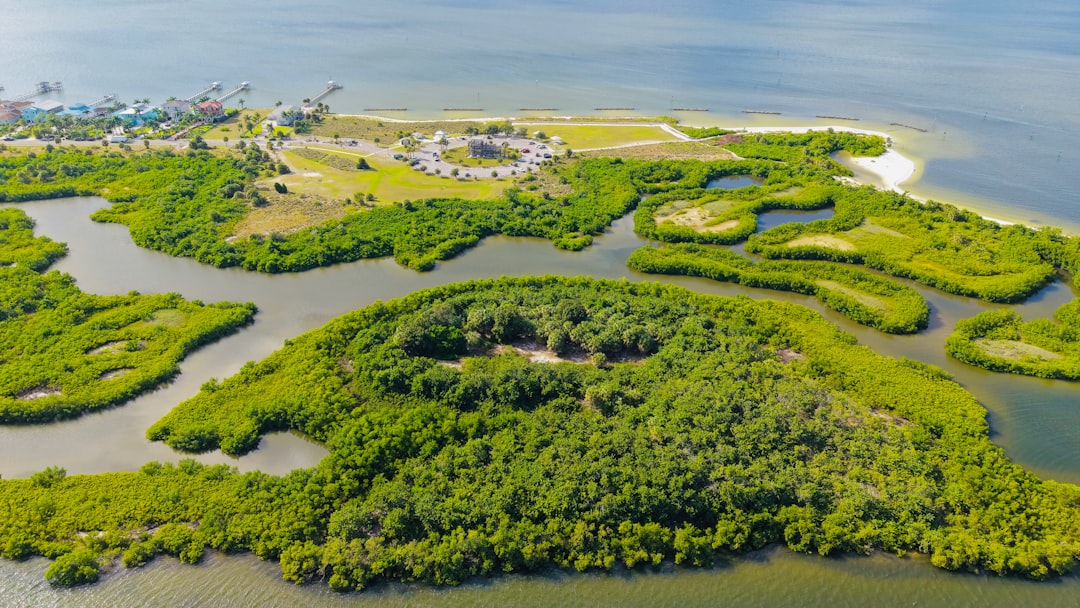
The recovery process doesn’t just affect current ecosystem function; it can drive evolutionary changes that persist for generations. These effects can ultimately translate into rapid evolutionary shifts in seed and fruit traits, as shown for palms in fragmented landscapes and for herbaceous species in field experiments. Nature adapts to new conditions by changing the fundamental characteristics of species.
Fishing and hunting often removes large, reproductively mature individuals from species populations, which, in turn, can favor the survival of smaller individuals that can reproduce. Thus, fishing and hunting can drive evolutionary change. When hunting stops, these evolutionary pressures shift again, potentially creating new selective pressures that shape species for generations to come.
Yet, a drastic decline in seed removal success, increased clumping and increased genetic differentiation among populations owing to a loss of long-distance dispersal events, and a disproportionately high mortality of seeds to pathogens and predators can be expected. The genetic structure of populations may be permanently altered, affecting their ability to adapt to future challenges.
Conclusion

The story of what happens when humans stop hunting reveals nature’s remarkable complexity and resilience, but also its vulnerability to lasting change. Rather than simply bouncing back to original conditions, ecosystems embark on unpredictable journeys that can lead to entirely new biological communities. Some species surge beyond sustainable levels, others struggle to rebuild broken relationships with their environment, and still others adapt in ways that permanently alter their evolutionary trajectory.
Perhaps most surprisingly, the absence of human hunting doesn’t guarantee ecological restoration. Climate change, habitat fragmentation, and the legacy effects of past disturbances can prevent ecosystems from returning to their historical states. Yet this doesn’t diminish the importance of thoughtful wildlife management and conservation. Instead, it highlights the need for more nuanced approaches that account for the complex web of relationships that sustain healthy ecosystems. What fascinates you more about these ecosystem responses? Tell us in the comments.

Jan loves Wildlife and Animals and is one of the founders of Animals Around The Globe. He holds an MSc in Finance & Economics and is a passionate PADI Open Water Diver. His favorite animals are Mountain Gorillas, Tigers, and Great White Sharks. He lived in South Africa, Germany, the USA, Ireland, Italy, China, and Australia. Before AATG, Jan worked for Google, Axel Springer, BMW and others.

